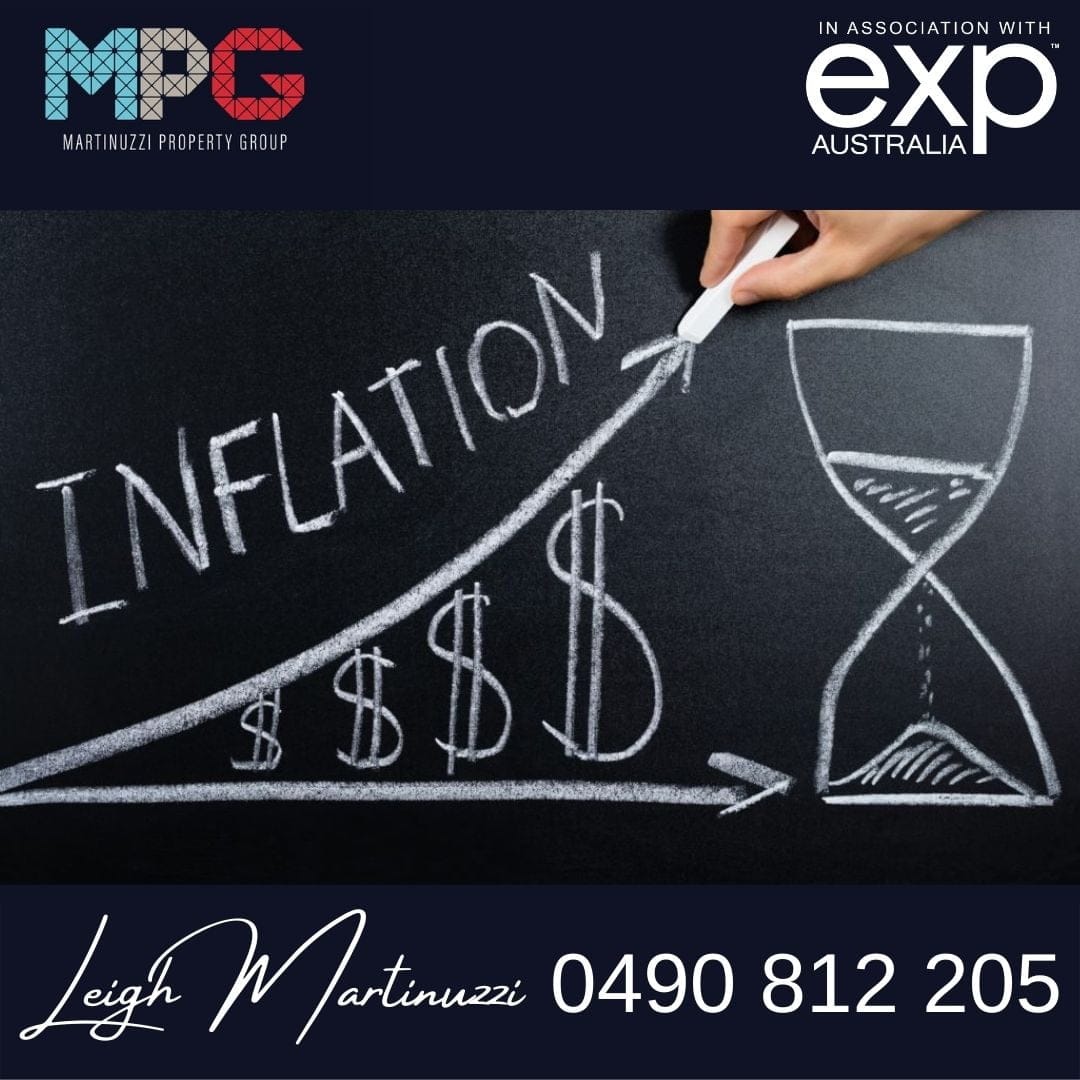The Next Decade of Property Prices & RBA’s Efforts to Try Slow Inflation
By Leigh Martinuzzi MPG
Matusik wrote an interesting article this week which I thought was worth discussing (See link here). Here is my summary of his report, which relates to the past 12 months of home loans across Australia. It also highlights what the future RBA cash-rate rises might mean for the Australian property market. Matusik reports that in the last 12 months there were 717,000 home loans, not including re-financed loans. This is up 31% from the year before. Matusik then gives us a breakdown of where the loans are coming from, which I will discuss more in a minute. He then shares his predictions on interest rate rises, suggesting we will see them reach 1.75% to 2% by the end of 2024. He believes we will see property values stagnant over the next decade with times of peaks and troughs and suggests current property values will be the same at the end of the decade.
Here are my thoughts. First, what would interest rates of 2% look like for mortgage repayments? In most cases, this will mean an increase in monthly repayments of $500 to $700 per month. Not a lot for some, but for others that makes a whopping difference. For those homeowners who have a home loan, the mortgage stress will skyrocket. Their ability to afford luxury items and even some of the basics will become harder. And for those seeking to buy an investment or first home, their borrowing capacity will be significantly reduced.
This means those seeking to buy property will likely be making lower offers than what we’ve been used to and those who are under mortgage stress may decide to sell or be forced to sell. This is what will cause our boom to go bust. That doesn’t mean prices will suddenly drop. What is required for this to happen is for property owners who are under financial stress to sell at under market values. Once this happens a few times in a local market, other buyers will start making offers aligned with those lower than market sales. So, to Matusik’s point, prices now may be the same at the end of the decade yet between now and then we will likely see markets fall and rebound but without too much significant gain or loss.
What I think is interesting is who the loans are being taken out by. Matusik shares charts of this in his report. The largest category of loans at 50% were from ‘second’ or ‘subsequent’ buyers, these are people who are buying a second residence. The second largest at 28% were from ‘subsequent’ investors, those buying another investment property. And the third group, at 22% were those who were buying their first home.
Now Matusik didn’t delve into this too deeply, however, what is a noticed trend is that those homeowners or investors that already own a property seem to be the ones taking more loans. With further interest rate hikes, it is likely that we will see first homeowners decrease from the marketplace unless the government can offer some attractive incentives. I believe this will create a larger wealth gap. Those that own property are able to use equity to create further wealth while those who don’t own may find it hard to gain any leverage in this sense. That being said, I think we will still have plenty of buyers who will use their current property investments as leverage to buy more property and therefore an I’d expect there will still be sufficient buyer demand for those selling in the next few years. This doesn’t mean they will pay above market value but rather that there simply will be enough buyers willing to make offers.
The cash-rate increases are being put in place by the RBA to help keep inflation between the ideal zone of 2-3%, with attempts to dampen the current inflation of near 5%. Increased interest rates which will reduce household spending will help slow the economy. I’m guessing it is a fine balance. Push them too hard and it could slow it to a point of a collapse, not enough, and we may see inflation not being drawn under control.
The article by Matusik is below.

